Company: Jaguar
Founders: William Lyons and William Walmsley
CEO: Ralf Speth
Year founded: 1922
Headquarter: Coventry, UK
Number of Employees (Dec 2018): 43,224
Annual Revenue (Dec 2018): 24.2 billion GBP
Products & Services: Luxury Vehicles
Competitors: Porsche | Bentley| BMW Group
Did you know that the first Jaguar car was produced in 1935 under the name Swallow Sidecar Company?
About Jaguar
Jaguar is a UK luxury vehicle brand that manufactures premium SUVs, sports cars, and sedans. The company is known for its superb craftsmanship and performance, along with the sporty design of its vehicles. Jaguar vehicles are produced in three manufacturing plants throughout Britain.

Who owns Jaguar?
Since 2008, Jaguar is owned by Tata Motors, an Indian-based automotive manufacturer. However, Jaguar has had several different owners throughout its 97-year history.
Here is a brief look at Jaguar’s history:
- William Lyons founds Jaguar in 1922 (called the Swallow Sidecar Company)
- First-ever Jaguar (the SS Jaguar) was built in 1935
- Swallow Sidecar Company was renamed S.S. Cars Limited
- In 1945, S.S. Cars Limited was renamed Jaguar Cars Limited
- In 1965, Jaguar Cars became part of British Motor Holdings Limited
- In 1984, Jaguar became its own company again
- Ford Motors purchased Jaguar in 1999 and Land Rover in 2000
- Ford Motors sold both Jaguar and Land Rover to Tata Motors in 2008
- Tata Motors merged the two companies into Jaguar Land Rover Limited in 2013
About Tata Motors
Tata Motors Limited is India’s largest automotive manufacturer. Tata Motors is part of Tata Group, an Indian multinational conglomerate based in Mumbai. Tata Group, founded in 1968, serves a wide variety of industries, from automotive and steel to hospitality and telecommunications.
In addition to Jaguar Land Rover, Tata Motors owns several other automotive companies worldwide, including FCA India Automobiles, Lanchester Motor Company, and Concorde Motors.
Jaguar’s success under Tata Motors
Tata Motors’ ownership has, thus far, had a positive impact on Jaguar’s operations, sales, and profits. Below are some of the main achievements of the brand since being sold to Tata Motors in 2008:
- Become the UK’s largest automotive manufacturer after merging with Land Rover – the Range Rover line alone comprised 85% of all UK-made luxury vehicles in 2016.
- Generated profits totaling £4 billion for eight consecutive years.
- Increased global sales by 146% from 2008 to 2017, from 252,036 vehicles to 621,109.
- Rebuilt and expanded the Jaguar and Land Rover lineups, as well as integrating the two with shared platforms and proprietary technologies.
- Designed and manufactured its own gasoline and diesel engines in England.
- Opened international manufacturing plants in China, Brazil, and Slovakia to manufacture vehicles and engines.
How Jaguar compares to competitors
Jaguar’s primary competitors in the luxury vehicle market include BMW, Porsche, Bentley, and Mercedes-Benz. Here is how the company faired against its top competitors in terms of revenue in 2018:
- Mercedes-Benz – 100.1 billion USD
- BMW – 97.5 billion EUR
- Porsche – 25.8 billion EUR
- Jaguar – 24.2 billion GBP
- Bentley – 1.5 billion EUR
Porsche
Porsche’s sales grew the most of any of Jaguar’s competitors in 2018, with the company’s sales revenue increasing by 10% from 2017 to 2018 to reach €25.8 billion. Porsche sold about 256,255 vehicles to consumers in 2018 – a 4% improvement on 2017’s sales.
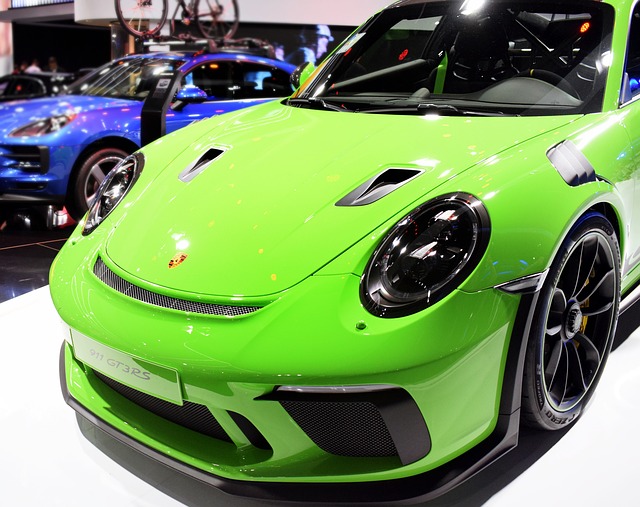
Bentley
Bentley’s revenue declined 16% year-on-year in 2018. The luxury brand sold 10,566 vehicles worldwide in the 2018 reporting year, generating a sales revenue of €1.5 billion.
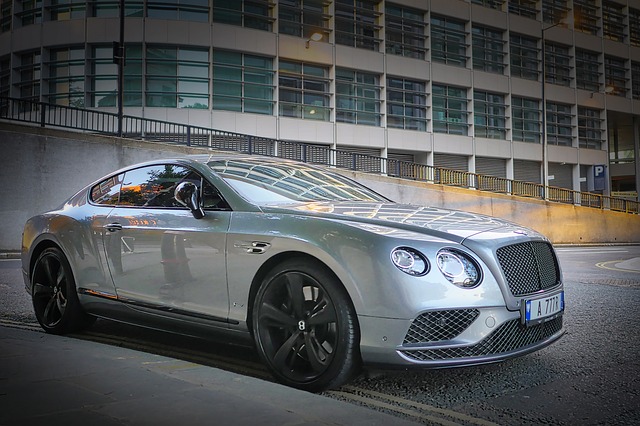
BMW
While BMW actually grew its sales 1.1% from 2017 to 2018, with 2.49 million vehicles sold, the company’s revenues remained about the same as the previous year, bringing in €97.5 billion (+0.01%) in 2018.

Mercedes-Benz
Mercedes-Benz remained the best-selling luxury car brand in the world in 2018, although the company saw a slight decline in revenue despite selling a higher number of vehicles than in 2017. The fall in revenue can largely be attributed to declining prices.

Jaguar
Jaguar experienced a rise in vehicle sales in the U.S. and UK in 2018 – a year-over-year increase of 8.1% and 8.4%, respectively, allowing the company to garner a total of £24.2 billion in revenue in 2018.
Jaguar’s business model
Manufacturers / Direct Sales
As Jaguar manufactures its own products, its primary business model is the manufacturer/direct sales model. The company also sells its vehicles through third party auto dealers.
Premium Model
As a luxury brand, Jaguar uses a premium pricing model, offering high end products that appeal to discriminating consumers. In order to sell its vehicles at a premium price point and generate a higher profit margin on sales, Jaguar maintains a strong brand image and reputation for top quality. The pricing range on Jaguar’s various models is approximately $39,900 to $75,700.
The future of Jaguar
Jaguar is currently focusing on continued innovation in order to sustain future growth in today’s evolving market. Last year, the company invested £3.8 billion in new technologies, product development, streamlining the product creation process, and growing its manufacturing footprint.
According to the CEO, Jaguar has “a defined vision to shape future mobility,” with the goal of eventually eliminating emissions, accidents, and congestion in the automotive sector. This vision is dubbed “Destination Zero.”
One initiative geared toward Destination Zero is Jaguar’s active reuse and recycling program, including responsibly sourced interior options for vehicles. The company uses sustainable materials like eucalyptus textiles as an option for it’s luxury models’ interiors.
Conclusion
Under the leadership of Tata Motors, Jaguar’s position as a timeless and prestigious brand in the global automotive market seems likely to remain unchanged for the years to come, especially as the company seeks to become automotive industry leader in innovation and sustainability.
References & more information
- Bekker, H. (2019, January 11). 2018 International: German Luxury Car Sales Worldwide and in China
- BMW Group. (2018). Annual Report, 2018.
- www.truecar.com
- Jaguar. (2019, May 20) : Financial Results
- Jaguar. (n.d.). DESIGN EVOLUTION: 80 Years of Jaguar
- Jaguar. (n.d.). Explore Our Vehicles
- Jaguar. (n.d.). Jaguar Heritage
- Jaguar. (n.d.). The Jaguar Business
- Jaguar. (n.d.). What is Tata Motors?
- Porsche. (2019, March 15). A strong year for Porsche: in pole position for electromobility
Tell us what you think? Did you find this article interesting?
Share your thoughts and experiences in the comments section below.

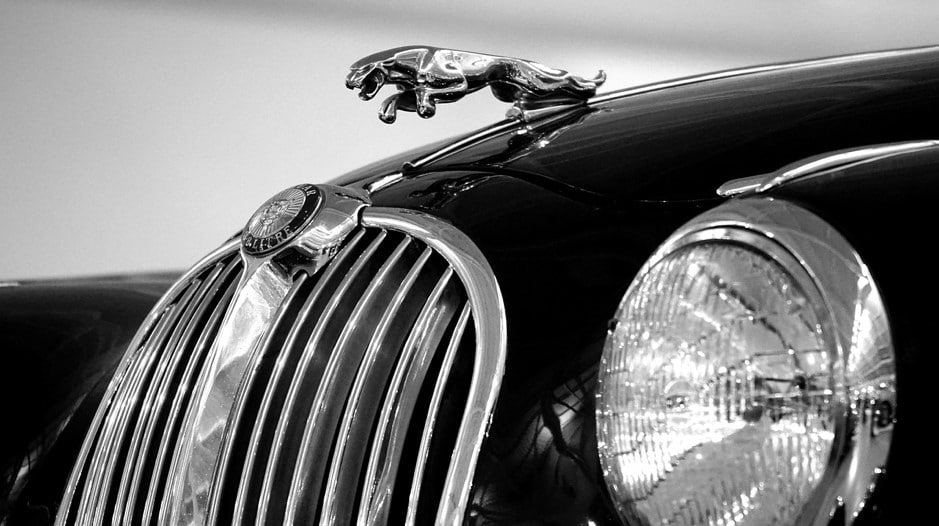



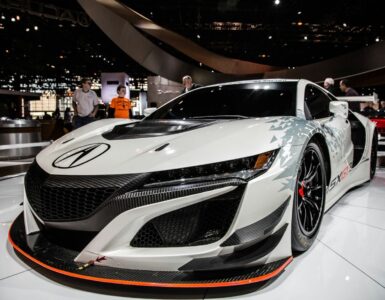
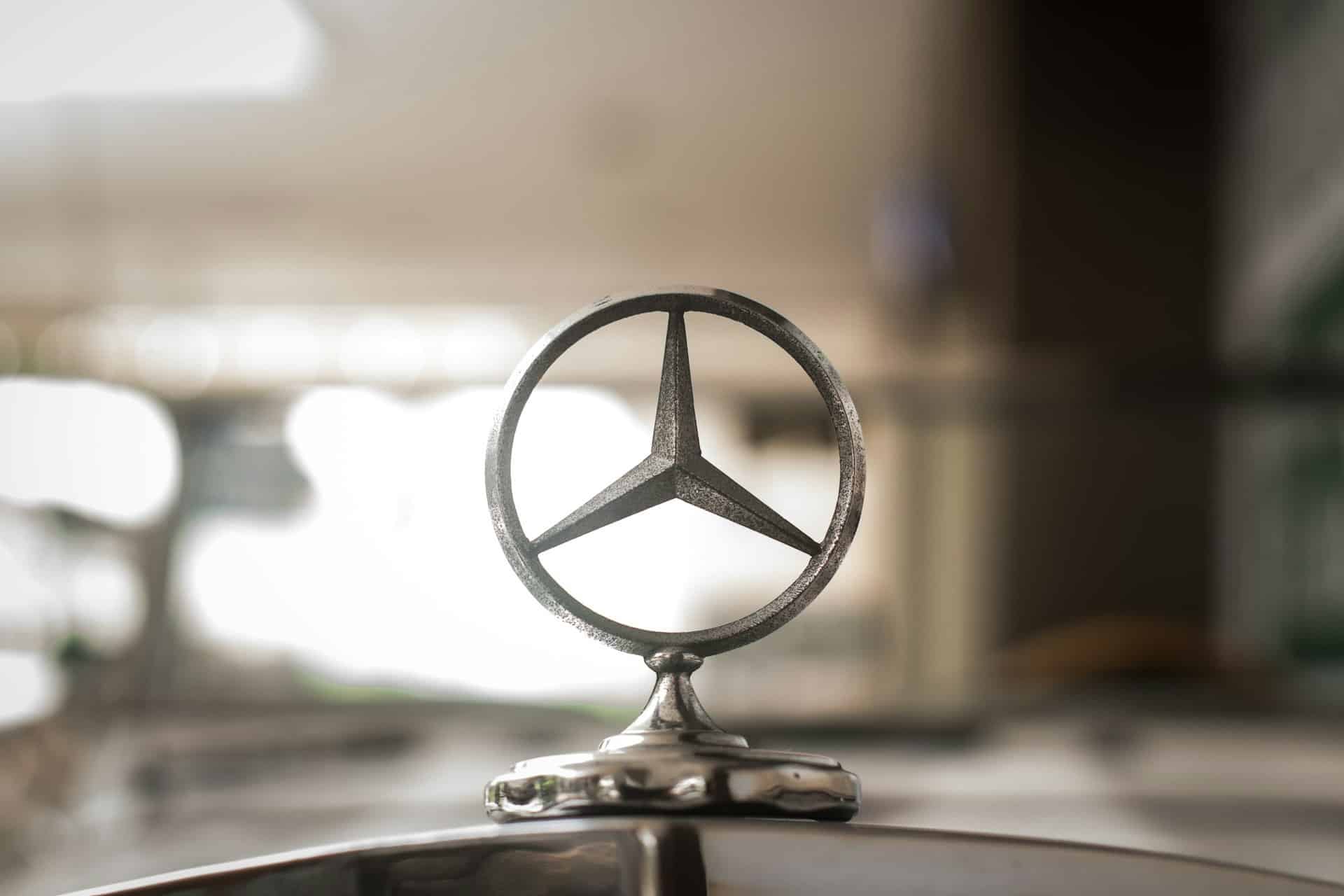


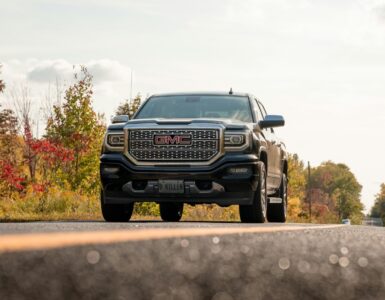


Ajay,
Let me see what I can do.
Is it for a research paper or business ?
Hi, I love your content, Very useful and helpful information. Highly energetic blog, I’d love to find out some additional information. I am truly pleased to read this website posts which carries lots of helpful data, thanks for providing these kinds of statistics.